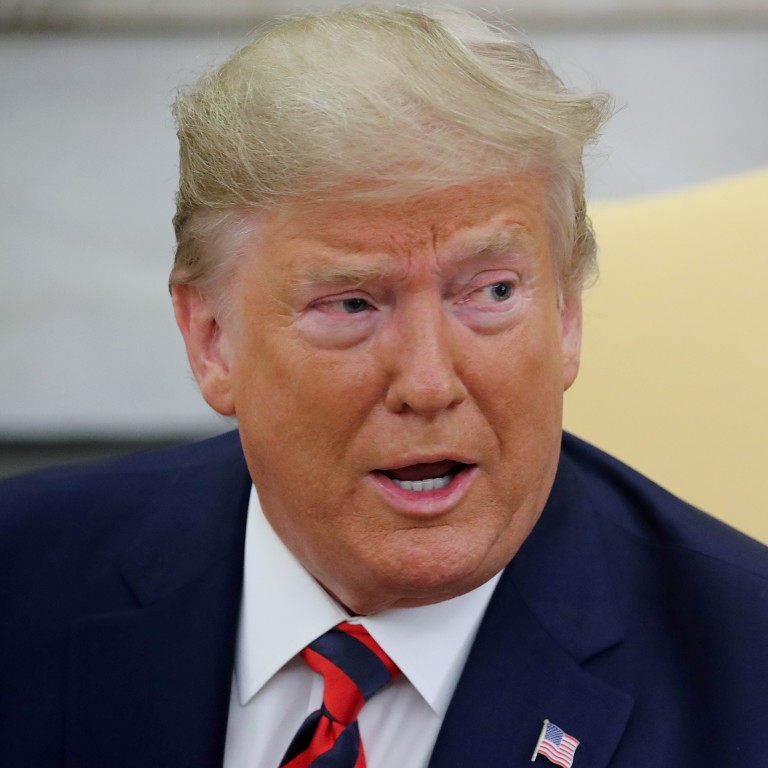
All eyes on October as US and China wrap up trade war talks in Washington
- Both sides discuss details for next month’s meeting which could determine whether the two countries work towards a solution or head towards even more tariffs
China and the United States wrapped up “productive” trade talks in Washington on Friday, with both sides saying they were looking forward to the next round of higher-level discussions in October.
In a statement, deputy US trade representative Jeffrey Gerrish, who led the US delegation, described the talks as “productive”.
Chinese Vice-Premier Liu He is expected to hold talks with his US counterparts next month to determine whether the two countries work towards a solution or head for more tariffs on each other’s goods.
On Friday as Washington removed tariffs on more than 400 Chinese products, US President Donald Trump said his administration was “making a lot of progress” with China.
Trump said the US was taking in billions of dollars from tariffs imposed on Chinese products and the total would soon reach US$100 billion.
He said the US was in no race to reach a trade deal with China before the 2020 presidential election and he would not want to rush for a “partial deal”.
“No, I don’t think I need it before the election,” Trump said. “I think people know that we’re doing a great job.
“We’re looking for a complete deal. I’m not looking for a partial deal.”
Some Chinese analysts have suggested that Trump might bow to pressure to reach a deal with China in time his re-election campaign.
Huo Jianguo, former director of a research institute under China’s Ministry of Commerce, said China would “stand firm on its own position for a bit longer” if the US requirements did not meet China’s bottom line on some issues.
“It is Trump who is in urgent need of a deal, not China. So China should not be frightened by him,” he said.
Huo said it appeared that some consensus was reached in the talks but a comprehensive deal would still be difficult.
“Huge gaps still exist between each side’s goals and bottom lines. A partial agreement can easily be made, but Trump wants a comprehensive deal on more than just trade,” he said.
The 437 Chinese products granted US tariff exemptions on Friday range from printed circuit boards for computer graphics processors to dog collars, laminated wood flooring and miniature Christmas lights.
The US has been stepping up pressure on China to substantially increase purchases of American soybeans and other farm commodities.
However, the Trump administration and China’s Communist Party remain far apart on issues at the heart of the trade dispute, including the US declaring some Chinese state companies national security risks, and Beijing’s refusal to overhaul its economic model by eliminating subsidies for state companies.
Trade experts, executives and government officials in both countries say that even if the October talks yield an interim deal, it could take years to resolve the broader political and ideological differences between the two countries.
Additional reporting by Reuters


